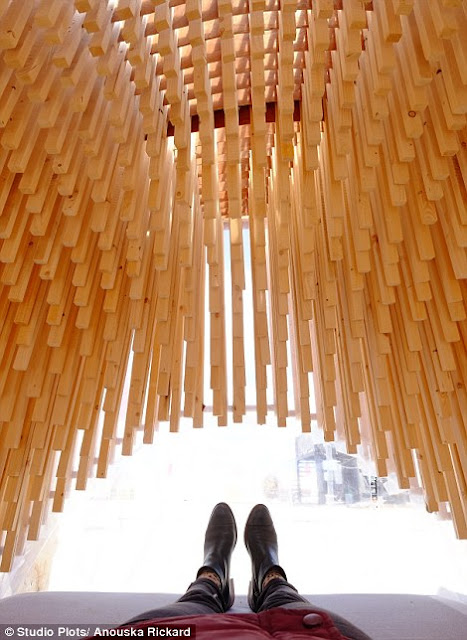About Me

I’m a wandering Filipina-German living in Manila. Flower child and moonlighter at heart, I dream, write, photograph, (model sometimes), and specialize in content and user experience design
Popular Posts
-
The busy streets of Manila now is in stark contrast with the laid back swagger of Old and New Manila. Around 1898 when the Americans a...
-
Ethereal vocals, distortion breakdown and shimmering, layered guitars. (Read Shoegaze: a beginner's guide )
-
You’re staying at a nice hotel somewhere in a major city that wants to charge you up to $23 per day for Wi-Fi! How do you react to man...
Labels
- Destinations (5)
- Historical (3)
- Lifehacks (7)
- News and Features (1)
- Philippines (3)
- Places to Go (5)
- Reviews (2)
- Rural (3)
- Things to Do (4)
- Travel (3)
- Travel Top 10 (5)
- about distantshores.ph (1)
- beach (2)
- kultura (3)
- resorts (1)














































